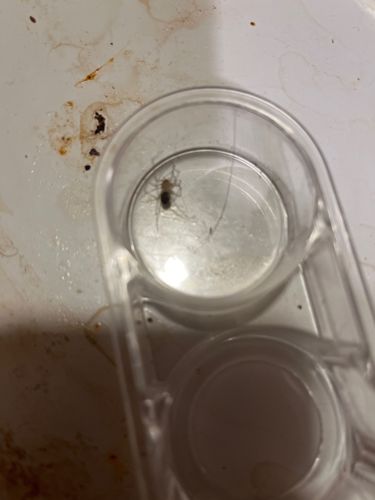Cellar Spider or Daddy Long-Legs Spider
Scientific Name: Pholcus phalangioides is the most common species, but the family Pholcidae includes many species.
Order & Family: Order: Araneae (Spiders), Family: Pholcidae
Size: Body length typically 2-10 mm; however, their extremely long, thin legs can make them appear much larger, with a leg span often reaching 50 mm (2 inches) or more.

Natural Habitat
Damp, dark, and undisturbed areas such as basements, cellars, crawl spaces, garages, sheds, and corners within homes. They are also found in caves and under rocks outdoors in warmer climates.
Diet & Feeding
Mainly small insects, other spiders (including venomous ones like Black Widows), and sometimes even larger prey that get tangled in their webs. They are known to invade and eat other spiders in their webs.
Behavior Patterns
Cellar spiders are typically reclusive and prefer to stay undisturbed. They build irregular, loose webs in corners or sheltered spots, often near ceilings or in basements. They are known for their rapid, vibrating movement when disturbed, which makes them difficult to catch. They are generalist predators, catching various small insects and other spiders. They can live for a few years.
Risks & Benefits
Cellar spiders are generally harmless to humans. Their fangs are very small, and their venom is not considered medically significant to humans (contrary to the common myth about them being highly venomous but unable to bite). They are beneficial in homes as they prey on other nuisance insects and spiders, including those that might be considered pests (like mosquitoes, flies, and even black widows). They do not transmit diseases. The primary 'risk' is simply the aesthetic presence of their webs.
Identified on: 8/13/2025